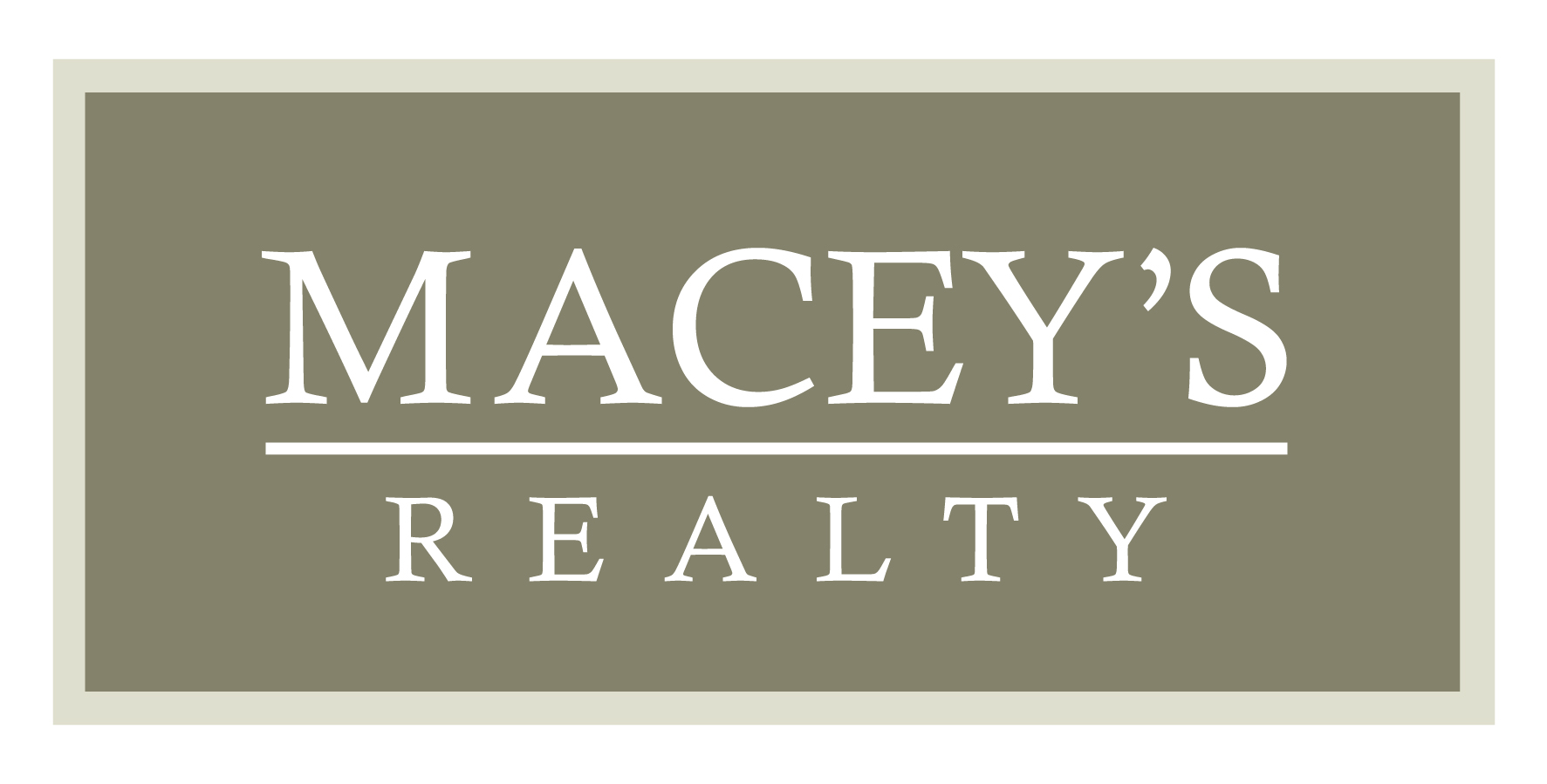
We had great expectations for the housing market this year—and so far, 2016 has certainly delivered, states Jonathan Smoke of Realtor.com. Looking back at the first half of the year, it’s nothing but good news:
- Total home sales are up 5% compared with the first half of 2015.
- Median existing home prices are up 5% as of June, setting a new record.
- Overall, we had the best spring in a decade.
Plus, continued robust appreciation has restored home equity for many homeowners—and higher home values encourage owners to invest in home improvements and even to consider selling and buying again (to move up, downsize, get into a better neighborhood, etc.).
OK, we know what you’re asking by now: How long will it last? Well, sorry to be a bit of a downer, but you shouldn’t expect the torrid pace to keep up throughout the second half of the year.
One of the main factors driving this year’s real estate market has been substantial pent-up demand driven by demographic trends.
We are seeing the leading edge of millennials entering into homeownership in large numbers, particularly in more affordable markets. At the same time, more baby boomers are making retirement decisions, providing inventory and powering sales.
Even Gen X–headed families are active in the market this spring and summer because of improving economic circumstances.
All ages have been tempted by near-record lows in mortgage rates prompted by global economic weakness and instability driving investors toward U.S. bonds. (As demand for bonds goes up, so does their price, and mortgage rates go down.)
But even with all that demand, the market can grow only so much, because of the limited inventory of homes for sale. At today’s pace of sales, existing home inventories would be used up in 4.6 months. In June, using data from realtor.com®, we estimated that potential buyers were up 13% over last year, yet available homes for sale were down 5%.
Sales so far this year have been able to grow because inventory has moved more quickly. We’ve seen the lowest national median days on market for listings on realtor.com in May and June (65 for both) than we have seen at any point in the recovery.
But we can’t continue to squeeze out more sales by upping the pace. We are likely close to the limit of how fast inventory can turn over. Eventually, without substantial growth in existing and new-home inventories, sales growth will probably flatten and even decline—despite strong potential demand.
Rising mortgage rates are less likely to tempt buyers
Those low mortgage rates that have given sales a boost throughout spring and summer may have already bottomed out. The average 30-year fixed rate is now 3.45%, up more than 10 basis points from the lowest point this year on July 6.
The Fed did not change interest rate policy this week, nor did its governors telegraph that they will raise short-term rates in September. As a result, rates will likely remain low and fairly calm until we see more positive economic news.
The Fed’s policy decisions don’t directly affect mortgage rates, but the mortgage market will likely see rates rise if the Fed highlights signs of improving economic growth and inflationary pressures. Likewise, any positive news out of Europe and Asia could also drive rates higher. Still, my guess is that we won’t see much movement in August.
I’m mostly concerned about news in September influencing rates upward. Keep an eye out for how mortgage rates move just before and after the August employment report on the Friday before Labor Day (Sept. 2). Then pay close attention to the Fed meetings on Sept. 20–21. Even if no policy change is announced, they could use language in their statement that strongly hints at an increase in October. Either way, mortgage rates are likely to move higher.
We also have a presidential election looming on the calendar. This one is already loud and contentious, and likely to get more so. Eventually the political rhetoric could weaken consumer confidence until the dust settles on the election outcome.
‘Weak’ housing market? It’s all relative
So as a result of a very strong spring and summer leaving us with low inventories, mortgage rates potentially moving back up, and the presidential election creating more uncertainty, we may see a weaker housing market in September, October, and November. However, given the performance so far this year, 2016 should end as the best year in a decade.
Let’s take a step back: All this does not mean that 2017 will be bad. As long as rates do not increase substantially in a short period of time (such as 100 basis points over the next six months), the real estate market should remain strong. After all, the underlying reason for higher rates is a stronger economy; so the benefits of that will offset the impact of marginally higher rates.
A stronger economy, more jobs, lower unemployment, and higher wages will power demand. Higher rates will also likely help loosen credit. Those positive conditions coupled with demographic tailwinds from millennials and boomers will keep the U.S. housing market healthy and strong for at least two more years.
I told you this year and this spring would be strong. Just don’t count on great housing reports this fall.


